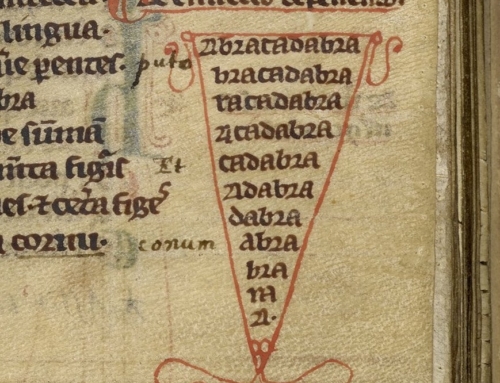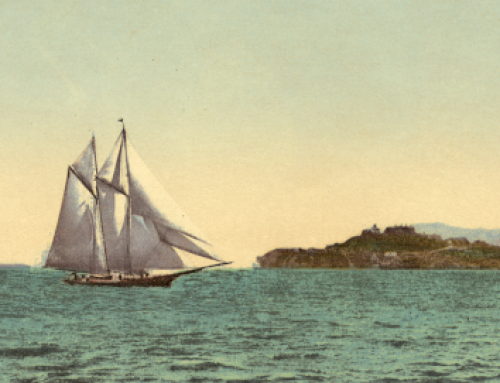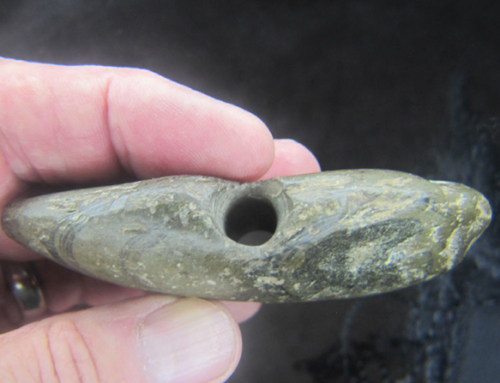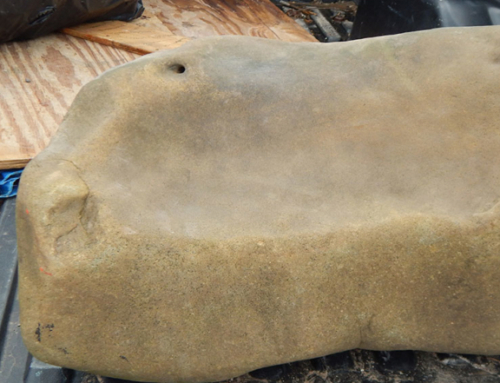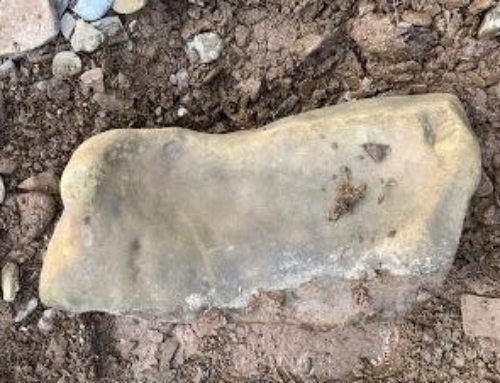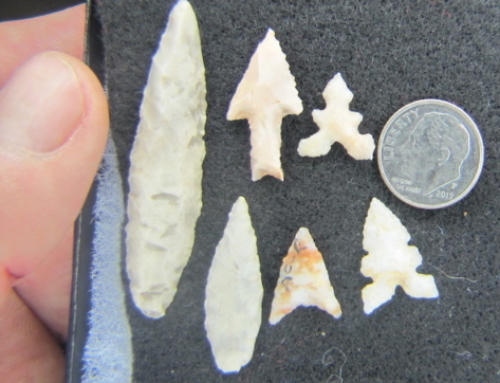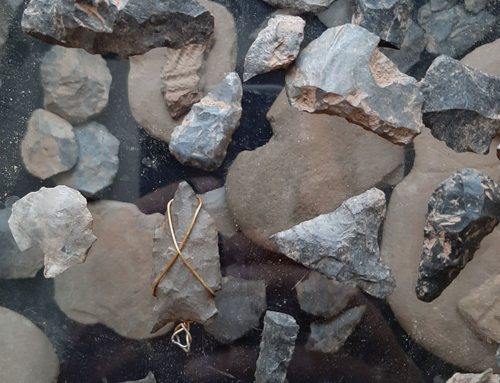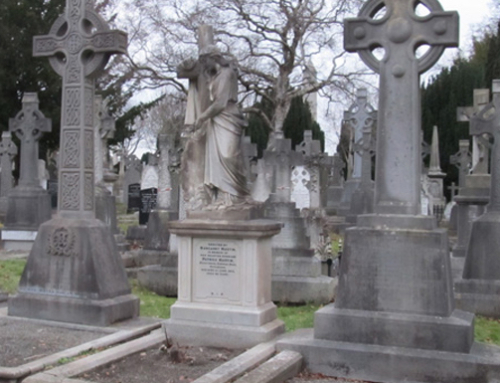The Susquehanna is a shallow river that flows about 440 miles, from Cooperstown to the Chesapeake Bay. Nearly 200 years ago, canals were used to transport goods and people instead of the river. Canal boats would use the river where it was deeper, or where dams had raised the water level.
 The Susquehanna, stretching approximately 440 miles from New York to Maryland, is the longest river on the East Coast. Its North Branch, which begins at Otsego Lake in Cooperstown, N.Y., often is regarded as an extension of the main branch. Its primary tributary, the West Branch, rises in western Pennsylvania and joins the North Branch near Sunbury. The river drains into in the Chesapeake Bay.
The Susquehanna, stretching approximately 440 miles from New York to Maryland, is the longest river on the East Coast. Its North Branch, which begins at Otsego Lake in Cooperstown, N.Y., often is regarded as an extension of the main branch. Its primary tributary, the West Branch, rises in western Pennsylvania and joins the North Branch near Sunbury. The river drains into in the Chesapeake Bay.
The ancient river is possibly the oldest major system in the world, far older than the mountains through which it flows. Geologists believe that the mighty Susquehanna cut through the mountains even as they were forming nearly 300 million years ago. If so, the river predates the Atlantic Ocean. Time, however, has reduced the river to a shallow waterway. Early settlers lamented that the Susquehanna was “a mile wide, a foot deep.”
The river is so shallow, small islands appear in the summer
The West Branch of the Susquehanna River, when navigable, afforded an economical and ready means of transporting articles downriver, but to push a large boat or even a canoe against the rapid current, or over the shoals and rifts, was a formidable undertaking.
The first attempt to navigate the river by steamboat worked. The “Codorus” was 60-feet long, 9-feet wide, had a sheet-iron hull. Unloaded, its draft was 7 inches. The boat made a successful trip up the Susquehanna from Harrisburg in March and April 1826, reaching Binghamton, N.Y. The second attempt, however, ended in disaster. The “Susquehanna,” at 80-feet with a beam of 14 feet, carried nearly 200 people. On May 3, 1826, the ship attempted to pass Nescopeck Falls (also called Nescopeck rapids).
There, the river’s high ridge and shallow water force the water into a narrow channel, creating a whirlpool. Navigation there is normally impossible, but the captain thought that the high water would permit it. The steamboat went aground on the rocks near the shore. A crew was holding down the safety valve, and the strain caused a boiler to explode. Although the boat was not seriously damaged, two men were killed by escaping steam. Many others were scalded. The accident put an end to the steamship navigation of the Susquehanna and led to renewed interest in building the Pennsylvania Canal. Dug by men whose tools were picks, shovels, and wheelbarrows, the local canals measured 28-feet wide on the bottom, 40-feet wide at the top, and 8- to 10-feet deep.
The West Branch Canal was constructed between 1828 and 1834, formally opening on July 4, 1834. At this time, the canal only reached the mouth of Loyalsock Creek. The first packet boat to navigate the West Branch Canal was the “James Madison.”


